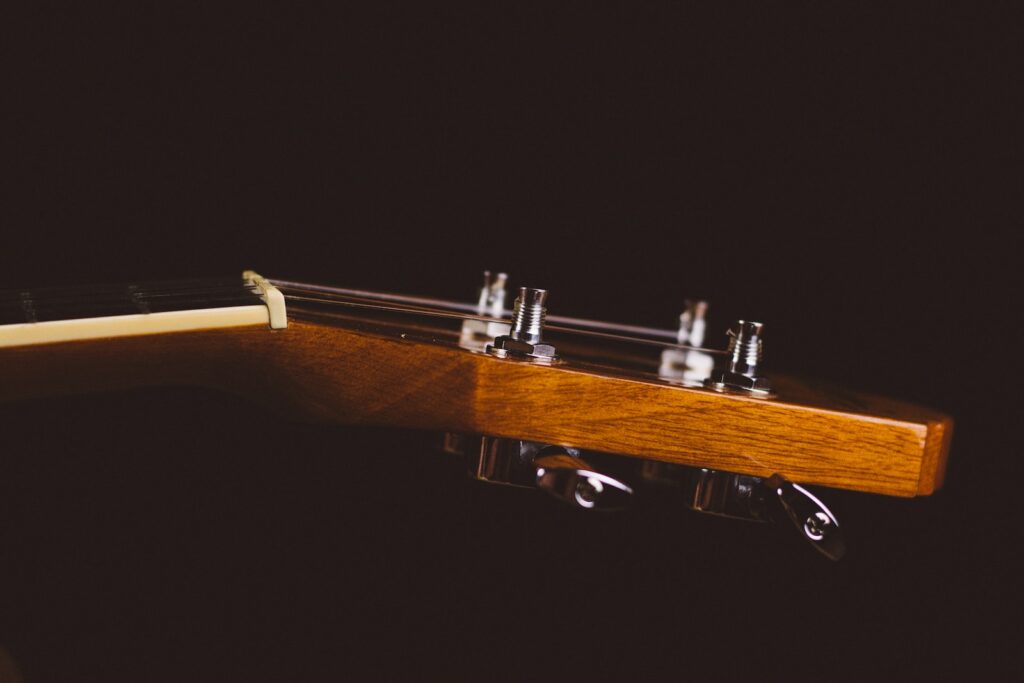The ukulele is a popular musical instrument that is enjoyed by people of all ages and skill levels. However, like any stringed instrument, the strings of a ukulele will eventually wear out and need to be replaced.
The cost of restringing a ukulele can vary depending on various factors, such as the type of strings used and whether you choose to restring it yourself or have it done professionally.
When it comes to restringing a ukulele, it costs about $15 if done by a professional, and it is generally recommended to seek the help of a professional to ensure the best results.
When to Replace Ukulele Strings?
Musicians should restring their ukuleles when the strings sound dull due to wear and tear.
If a string snaps, replacing the entire set of strings is best, as changing only one new string will make it sound brighter than the rest.
Public performers should change their strings every one to three months, while hobbyists should replace strings every three to six months.
Additionally, strings should be replaced when they start to discolor or fray.
Step-by-Step Guide on How to Restring a Ukulele
Step 1: Unwind And Remove Old Strings
Before removing old strings, identify each string. Unwind the strings on the side of the ukulele facing the ceiling clockwise and counterclockwise for the side facing the floor.
If the strings have solidified, use nail clippers or wire cutters to clip them off. Be careful not to damage the ukulele’s wood.
Step 2: Secure New Strings To The Bridge
It’s best to have new strings with a bit of texture to hold the knot. Different bridges require different methods for securing the strings.
Tie a knot at the end of the string and fit it into the bridge slot if it has a slot.
If it has four holes, insert the string from the body side of the bridge and then tie a knot with a double or triple loop on the top surface of the bridge.
Step 3: Pull The Strings Through The Nut
After securing the strings to the bridge, pull them through the nut (the small strip of plastic, bone, or metal at the top of the fretboard that guides the strings to the tuning pegs).
The string’s end should be on the side of the peghead facing the ukulele’s body.
Step 4: Wind The Strings Onto The Tuning Pegs
Make sure the string is tight, and then wrap it around the tuning peg. Wind the string clockwise if the peg is on the left side and counterclockwise on the right side.
Leave about two inches of slack and turn the tuning peg counterclockwise to tighten the string.
Step 5: Tune The Ukulele
Stretch each string slightly to help it settle in, and tune the ukulele. Once you have tuned all the strings, clip off the excess string, leaving about a quarter-inch from the tuning peg.
Can Ukulele Strings Cause Cuts On Your Fingers?
Playing the ukulele involves pressing down on the strings with your fingers, which can cause discomfort or pain initially.
While it is unlikely for ukulele strings to cut your fingers, you may experience soreness, callouses, or blisters on your fingertips.
These are common among beginners and will typically disappear as you build up more playing time and finger strength.
You may also experience cramps or aches in your fretting hand due to the movements required to form chords.
This is also normal for beginners and can be alleviated by taking breaks, stretching your fingers, and gradually increasing your playing time.
It’s essential to gradually build up your finger strength and not push yourself too hard, as overplaying can lead to more severe hand injuries.
What Is The Recommended Interval For Changing Ukulele Strings?
To maintain optimal sound quality and playability, replacing your ukulele strings regularly is recommended.
The typical lifespan of nylon strings is between one to two years, although this can vary depending on how frequently you play, how much pressure you apply to the strings, and your playing environment.
As a general rule, changing your strings is a good idea when you notice signs of wear, such as fraying, discoloration, or loss of tone.
These are indicators that your strings have started to degrade, affecting your instrument’s overall sound and playability.
Changing your strings can also be a great way to experiment with different tones and sounds on your ukulele.
Various string types are available, each with its unique sound and characteristics.
Which Type Of String Is Suitable For Ukulele?
When selecting the ideal string type for your ukulele, the choice largely depends on the sound you want to achieve and the style of music you intend to play.
Nylon strings are generally recommended for those looking to play gentle Hawaiian music or engage in strumming as they produce the desired sound.
Nylon strings are known for their durability and resistance to humidity, making them a popular choice for ukulele players.
They also produce a warm, mellow tone well-suited for strumming and fingerpicking, making them ideal for beginners or those looking to play traditional Hawaiian music.
However, consider fluorocarbon or composite strings if you want a brighter, more articulate sound.
Fluorocarbon strings are known for their excellent intonation and projection, while composite strings are designed to mimic the sound of gut strings while offering better tuning stability and longevity.
How Do I Know If My Ukulele Is Fine-Tuned?
Chromatic tuners are the best way to ensure your ukulele’s tuning is accurate. They can detect every note, enabling you to verify intonation and adjust tunings if needed.
Chromatic tuning your ukulele is a straightforward process.
First, select the correct tuning setting for your instrument – such as GCEA for standard tuning – then play each string separately, and the tuner will display which note is played and whether it’s in tune.
Adjust tuning pegs as necessary until all strings are tuned correctly. Chromatic tuners are the most reliable way to ensure your ukulele is in tune.





